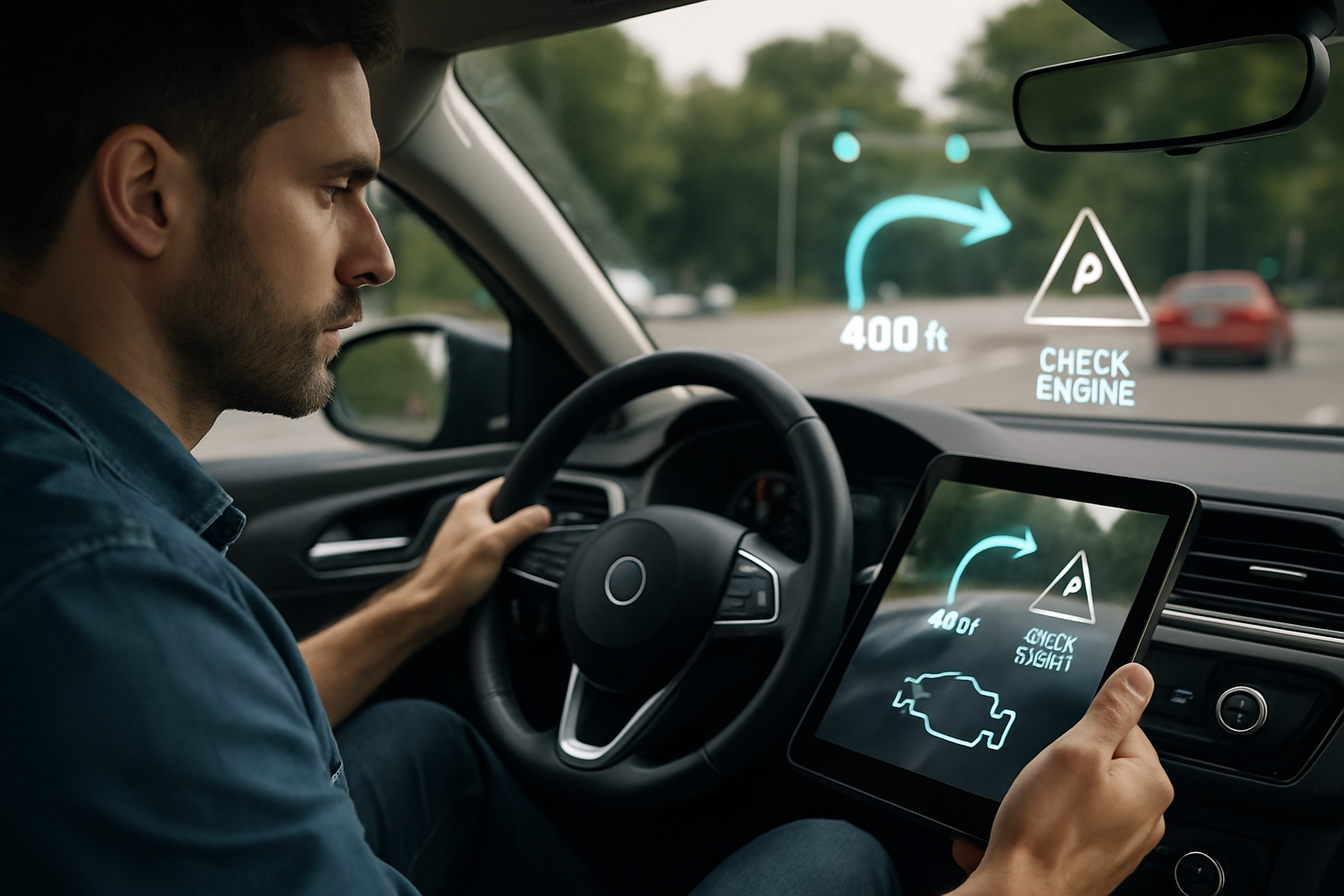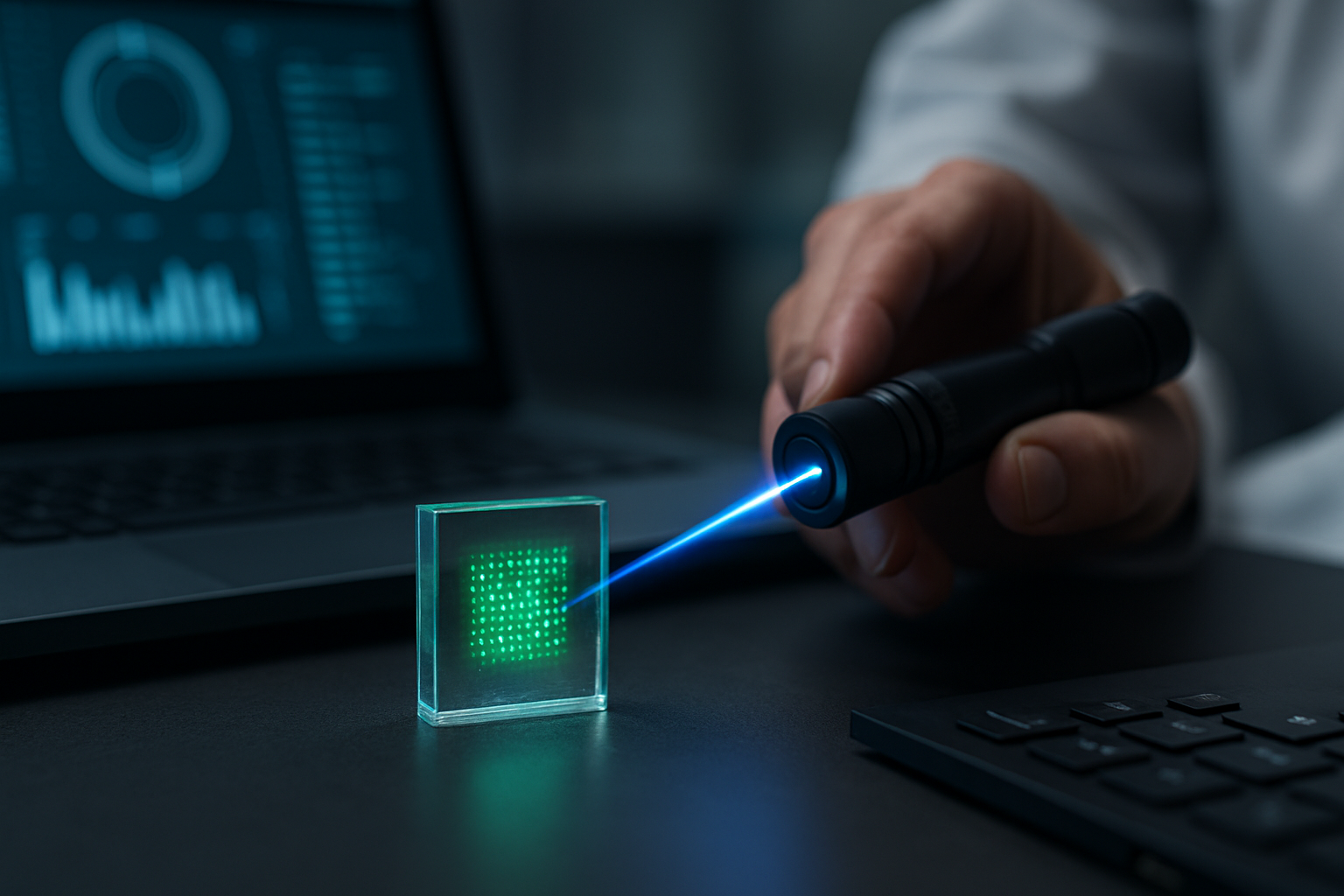Pushing Boundaries: The Rise of Augmented Reality in the Automotive Industry
As we venture into a new era of the automotive industry, a profound shift is underway—augmented reality (AR) is transforming the way we interact with and understand our vehicles. This innovative technology is reshaping the industry, from enhancing driving experiences to revolutionizing car maintenance and repair.

The Emergence of Augmented Reality in the Automotive World
Augmented reality, an immersive technological advancement that overlays digital content into the real world, first made its mark in the gaming and entertainment industries. However, its potential caught the attention of automotive manufacturers and engineers, who saw an opportunity to revolutionize the driving experience.
In the past decade, AR technology has been steadily integrated into various aspects of the automotive industry. Early examples include heads-up displays (HUDs) that project vital driving information onto the windshield, reducing the need for drivers to look away from the road.
The Present: Harnessing AR for Enhanced Driving Experiences
Today, AR has evolved far beyond simple HUDs. Modern implementations of the technology offer real-time navigation assistance, with arrows and directions projected directly onto the road ahead. This not only enhances safety by keeping drivers’ eyes on the road but also enriches the overall driving experience.
Additionally, AR is making waves in the realm of car maintenance and repair. Apps now exist that allow car owners to ‘see’ into their vehicle’s inner workings. By holding up a smartphone or tablet to their car, users can view an overlay of their car’s internal systems and even receive guided instructions for basic maintenance tasks.
The Impact: Pros and Cons of AR in the Automotive Industry
The integration of AR into the automotive industry isn’t without its challenges. Concerns have been raised about potential distractions, especially with AR navigation systems. However, proponents argue that AR can enhance safety by providing real-time information without requiring drivers to look away from the road.
Moreover, the use of AR in car maintenance and repair could reduce the need for professional mechanics for minor tasks—potentially disrupting the automotive repair industry. On the flip side, it could empower car owners to better understand their vehicles and perform basic maintenance, extending the lifespan of their cars.
The Future: A Glimpse into a World of AR-Enhanced Cars
As AR technology continues to advance and become more integrated with our vehicles, we can expect to see even more transformative changes in the automotive industry.
One promising development is the concept of AR-enhanced windshields, which could project a full range of information onto the driver’s field of view. Imagine seeing real-time traffic and weather updates, or even social media notifications, right on your windshield—while still being able to see the road clearly.
The Road Ahead
The integration of augmented reality into the automotive industry represents a bold step forward into a future where technology and transportation intertwine more closely than ever before. As AR continues to evolve and mature, the possibilities for its application within the automotive industry are practically limitless.
In the end, the goal is to use AR to create safer, more interactive, and more enjoyable driving experiences—for everyone. The road ahead may be uncharted, but it’s an exciting journey, nonetheless.





